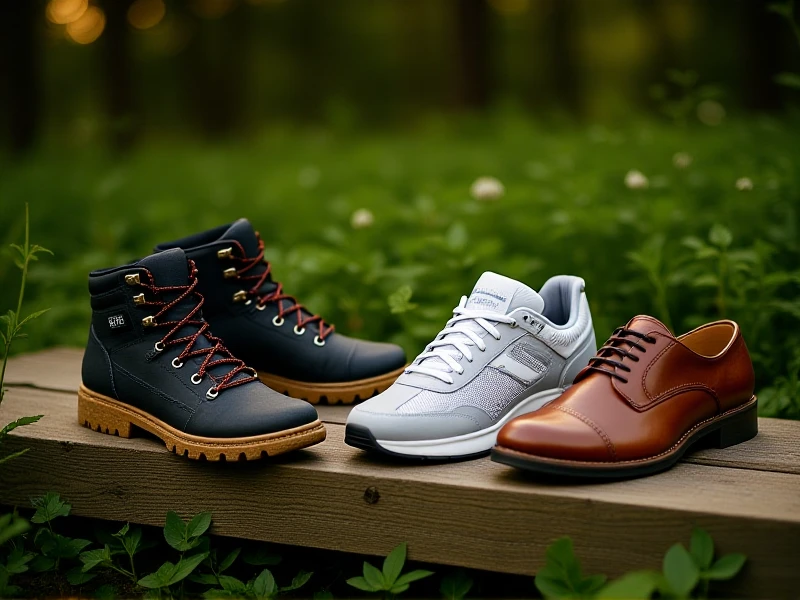
Buying Lesser Shoes Could Be Costing You More Than You Think
****
We rarely ask ourselves: what are we truly paying for in a pair of shoes? They are more than just foot coverings; they are vital tools impacting our daily comfort, posture, and surprisingly often, our overall lifestyle. It's easy to prioritize the immediate cost, but settling for low-quality, mass-produced shoes frequently leads to higher long-term expenses and recurring discomfort.
Consider the allure and enduring value of truly exceptional footwear. Recall the global fascination during King Charles III's coronation. Major publications like GQ, Esquire, and The Guardian didn't just focus on the crown; they dedicated articles to the monarch's meticulously handcrafted shoes – stunning, long-ladle loafers by the Italian maestro Silvano Lattanzi. His shoes, built largely by hand, represent a pinnacle where price becomes almost irrelevant; they are investments, wearable art passed down across generations. The core principle here applies everywhere: impeccable materials and skilled craftsmanship create footwear designed to last decades. Lesser shoes, conversely, sacrifice quality for speed and affordability. They rely on cheap, flimsy leathers and synthetics, glued soles prone to separation, and minimal padding compressed quickly. Wearing ill-fitting or structurally weak shoes daily inevitably leads to foot pain, aches in the knees, hips, or back, not to mention the annoyance and expense of constantly replacing fallen-apart pairs. That bargain pair bought cheaply sometimes needs replacing just six months later.
The advantage of well-constructed shoes isn't solely about premium luxury. Even well-made accessible footwear focuses on factors like robust stitching rather than glue, full-grain or quality corrected-grain leathers that mold beautifully to the foot and endure, supportive footbeds with adequate arch support, and durable outsoles that flex appropriately. These elements amount to a significant difference seen in shoes designed to withstand perhaps 200 handwork steps per pair. They fundamentally contribute to foot health and resilience against chronic physical strain. The initial investment undoubtedly is steeper than fast-fashion alternatives, but amortized over years of reliable comfort and style, it proves exceptionally sound.
Choosing better shoes signals deeper self-value. It's a commitment to providing your feet – the literal foundation of your mobility and posture – with proper support and care. When did you last assess the true cost-effectiveness of your footwear based on longevity and foot health? Are you truly saving, or unknowingly paying more over time? Investing in quality shoes, potentially passing cherished pairs along as heirlooms someday, is an investment worth profoundly more than the impressive superficial shine alone.